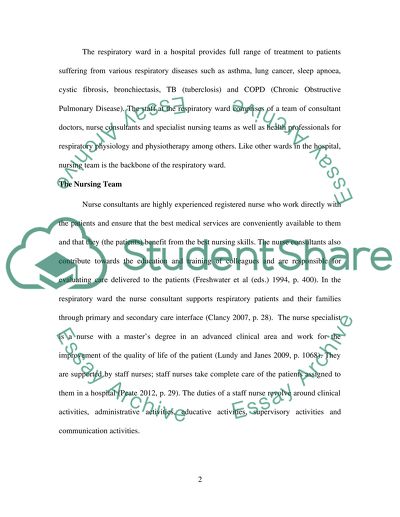Cite this document
(“Infection control Essay Example | Topics and Well Written Essays - 2500 words”, n.d.)
Retrieved from https://studentshare.org/nursing/1401010-infection-control
Retrieved from https://studentshare.org/nursing/1401010-infection-control
(Infection Control Essay Example | Topics and Well Written Essays - 2500 Words)
https://studentshare.org/nursing/1401010-infection-control.
https://studentshare.org/nursing/1401010-infection-control.
“Infection Control Essay Example | Topics and Well Written Essays - 2500 Words”, n.d. https://studentshare.org/nursing/1401010-infection-control.


